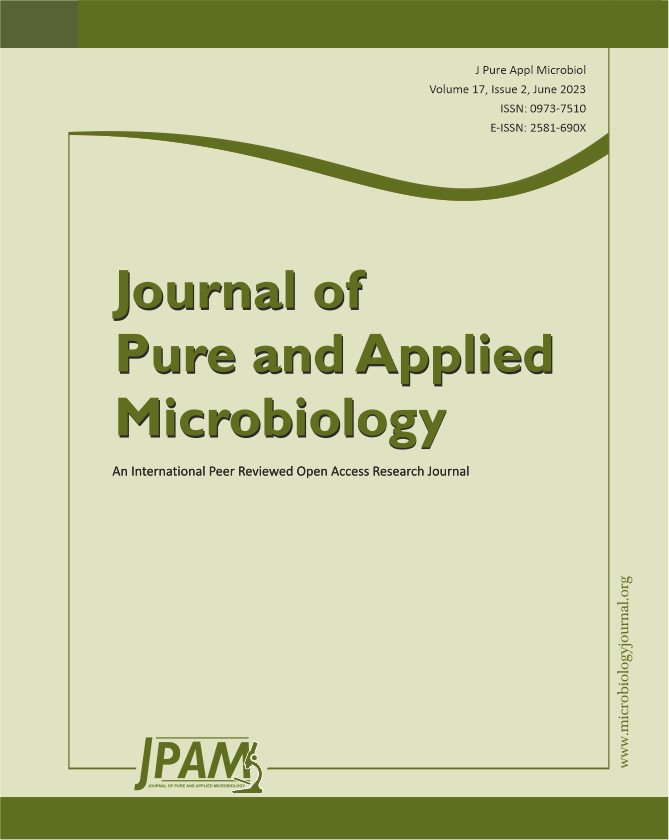Indian lilac or neem (Azadirachta indica) is found in tropical and subtropical regions of the Indian subcontinent. Each part of the tree is a source of various phytochemicals. Neem gum is an exudate from mature parts of the plant stem. Biochemically, it has an acidic pH range (5–6) and is composed of monosaccharides, saponins, phenols, and tannins. This study aimed to elucidate the diversity of neem gum-associated microflora through high throughput metagenomics approach using 16S rRNA variable region sequencing. The bacterial community of neem gum was dominated by Firmicutes (~82%), Proteobacteria (~18%), and Actinobacteria (~0.02%). Among the genera, Lactococcus was found to be the most dominant bacterium. The predominance of Lactococcus in neem gum is probably due to its acidic nature, which provides a suitable microenvironment for its proliferation. In addition, Lactococcus and beneficial microorganisms such as Pseudomonas, Burkholderia, Pantoea, Klebsiella, and Methylobacterium were also present in the gum. This study highlights the fact that neem gum can be exploited as a unique source of microorganisms for biotechnological and agricultural applications.
Azadirachta indica, Neem Gum, Metagenomics, 16S rDNA (V3-V4 region), MiSeq
© The Author(s) 2023. Open Access. This article is distributed under the terms of the Creative Commons Attribution 4.0 International License which permits unrestricted use, sharing, distribution, and reproduction in any medium, provided you give appropriate credit to the original author(s) and the source, provide a link to the Creative Commons license, and indicate if changes were made.


